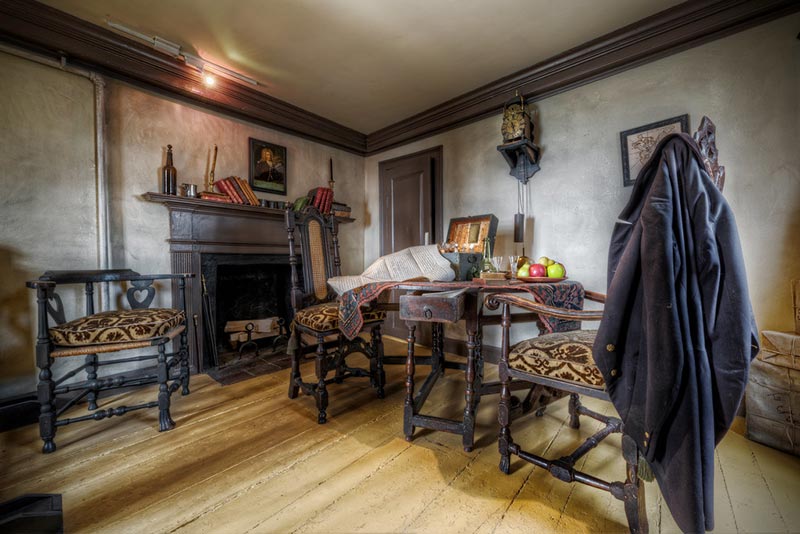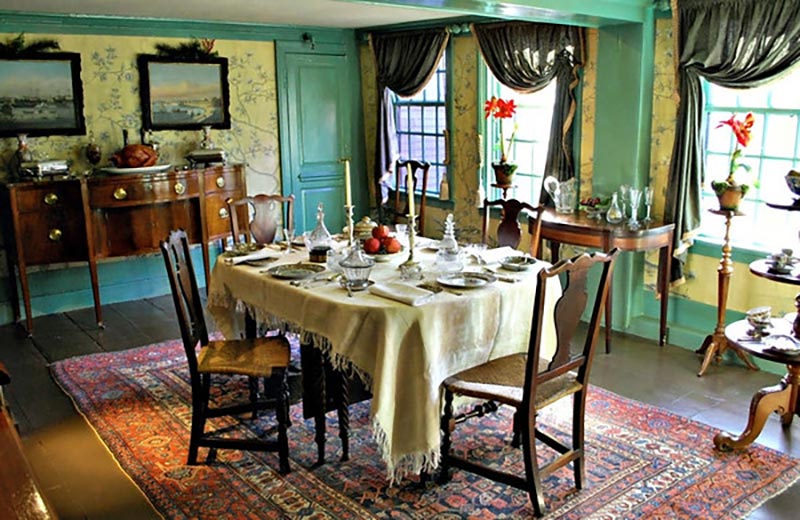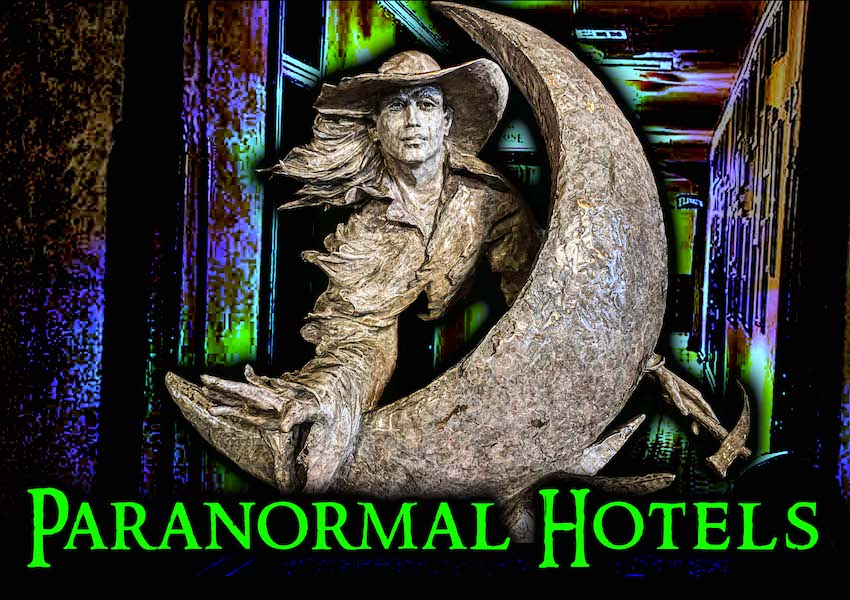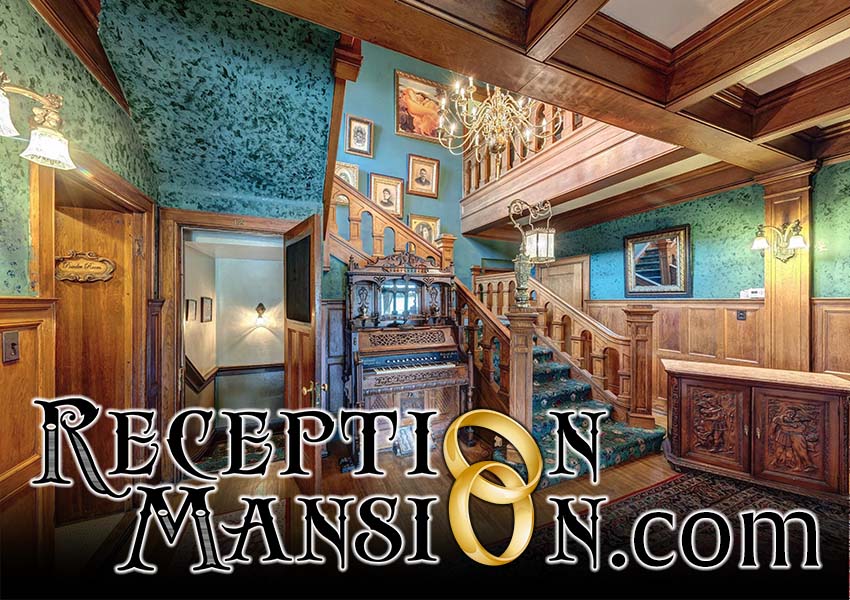Salem Massachusetts
House of the Seven Gables Museum
The glorious restoration of its original layout has acted like a
paranormal trigger, drawing in former spectral residents.

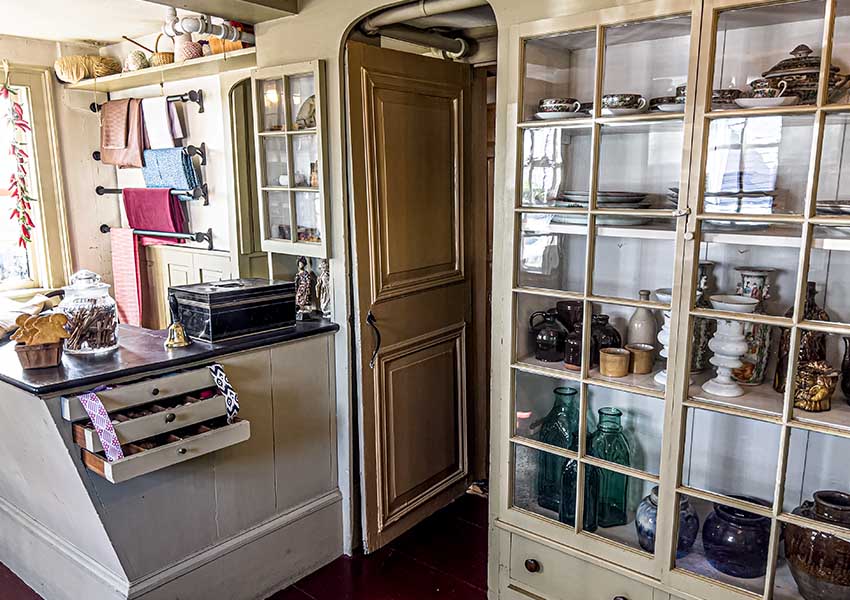

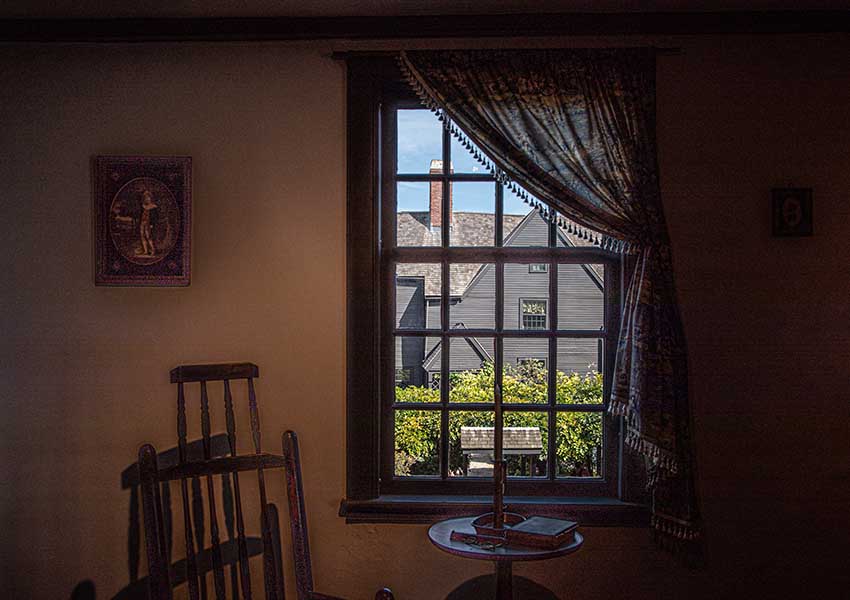




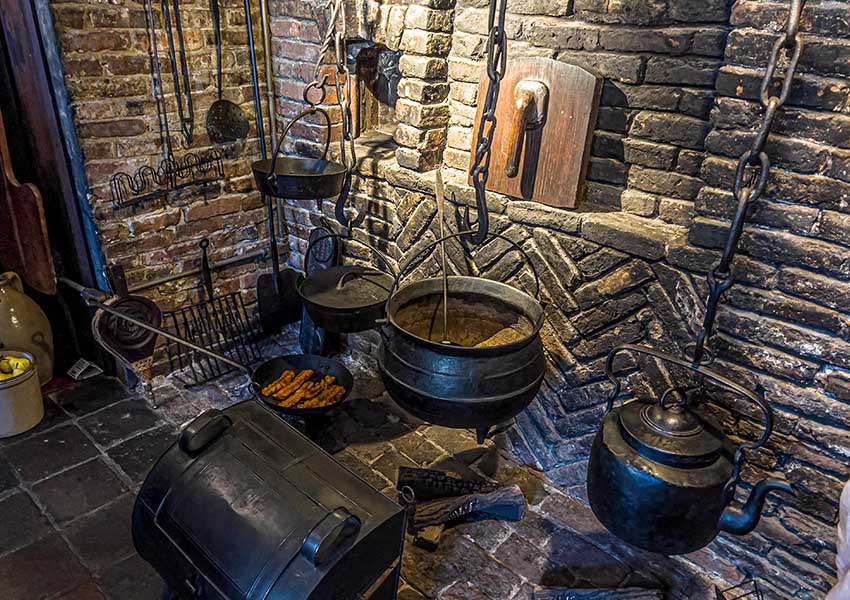










DESCRIPTION
The House of the Seven Gables is the oldest, restored wooden home in New England. Besides its 17th century architecture, this house museum has “an 18th century granite sea wall, and two seaside Colonial Revival Gardens.”
Nathaniel Hawthorne and his works are showcased throughout the house museum. Inside, the visitor can see “more than 2,000 artifacts and objects, more than 40 framed works, 500 photographs and glass plate negatives, and more than 50 volumes in our rare book library.”
Just steps away from The House of the Seven Gables, the visitor can tour Nathaniel Hawthorne’s early childhood home, which was saved and moved here in 1958. Inside, the visitor can learn all about this famous author. Nathaniel’s father died at sea when Nathaniel was four. Many Salem families lost their men in this way. One out of four families lost someone at sea, leaving children fatherless, unless their mothers remarried.
The House of the Seven Gables also has a theatre. The following events have been listed on their web page: Spirits of the Gables * Legacy of the Hanging Judge * A Classic Christmas.
HISTORY
In 1668, The House of the Seven Gables was built by a Salem sea captain and merchant, John Turner, to be his family’s home. Turner made his fortune in the East Indies trade. He bought the original property from a widow, Ann Moore. The original house was beyond fixing up, so he tore it down, except for the cellar and fireplace. It was a labor of love, a work in progress, as he gradually made several additions to the home, turning it into a mansion.
Captain John Turner died at sea, leaving the mansion to his widow, who married another sea captain, Charles Redford. When the new Mrs. Redford passed away, her widower was left with the children. Knowing that the odds were that he would also die at sea, he put a will together, insuring that John Turner’s son and daughters would inherit the property. When Charles did indeed die at sea, they inherited the property with no problem.
During the Salem witch trials, John Turner Jr. feared for the safety of his sisters, so he built a secret staircase along the fireplace up to the second floor, in case the cruel, sadistic magistrate, inspired by the hysteria in Salem, came prowling around, looking for potential witches.
Three generations of the Turner family did enjoy living in the Turner Mansion. Their family home was sold after John Turner’s great grandson Edward died without any heirs. A Captain Samuel Ingersoll bought the property in 1782. Unfortunately, Captain Samuel Ingersoll died at sea in the 1800s. He left the mansion to his daughter, Susannah, a second cousin of Nathaniel Hawthorne. She spent the rest of her life in the mansion, and died in 1858.
Nathaniel Hawthorne would visit often with Susannah, and eventually he was inspired by this Turner-Ingersoll Mansion to write his 1851 novel, The House of the Seven Gables. The name stuck, and the Turner-Ingersoll Mansion became well-known by this name, thanks to Nathaniel Hawthorne’s novel.
The House of the Seven Gables/Turner-Ingersoll Mansion was described by Hawthorne himself, as being “a rusty, wooden house, with seven acutely peaked gables, facing towards various points of the compass. And a huge clustered chimney in the middle.”
He was describing the original John Turner Mansion, not the home that he was familiar with in 1851. As early as 1782, Captain Ingersoll had removed four of the seven gables, along with several portions of the home. Susannah had shown Nathaniel remnants of what was left of the removed gables, which some say was the creative spark that inspired his novel.
After Susannah died, her adopted son inherited the home, but ran into financial troubles, and had to sell it in 1879. It stood mostly vacant for the next several years. By 1883, it was badly in need of some TLC and major renovation, if people were to inhabit it again. It was in danger of being ripped down, but was saved by Henry Upton who stabilized it. The Upton family then called it home.
In 1908, a mover and a shaker with a big heart, philanthropist and preservationist Caroline O. Emmerton bought the home with great plans to restore it, and use it to help others. Two hundred and thirty years after the mansion was built, it had been changed considerably from its original plan, to fit the needs of succeeding generations of folks who lived here. All seven gables were gone at this point, along with some of the additions that Captain John Turner had built.
After buying the home, Emmerton formed The House of the Seven Gables Settlement Association in 1910. Her goals were “to preserve the house for future generations, to provide educational opportunities for visitors, and to use the proceeds from the tours to fund her settlement programs.”
 The first step was to restore and rebuild the original mansion that Captain John Turner had built for his family. To restore the seven gables and other period features of the original home, from the 17th and 18th century, Caroline enlisted the help of architect Joseph Everett Chandler, who was a central force in the early 20th century historic preservation movement. His philosophy and considerable expertise made sure that the house was preserved, and restored to its Georgian architectural “fabric.” The result was the restoration of Turner’s original mansion to its former glory, complete with the secret staircase.
The first step was to restore and rebuild the original mansion that Captain John Turner had built for his family. To restore the seven gables and other period features of the original home, from the 17th and 18th century, Caroline enlisted the help of architect Joseph Everett Chandler, who was a central force in the early 20th century historic preservation movement. His philosophy and considerable expertise made sure that the house was preserved, and restored to its Georgian architectural “fabric.” The result was the restoration of Turner’s original mansion to its former glory, complete with the secret staircase.
To raise more money for other restoration projects and most importantly for the programs to help Salem’s Polish immigrants, who mostly lived around The House of the Seven Gables neighborhood, Caroline set up tours of the mansion to bring to life Hawthorne’s popular novel, The House of the Seven Gables. This included restoring the ‘cent shop’ set in the mansion, as well as other artifacts and furnishings from Hawthorne’s era. The tour proved to be popular, as it let visitors step back into time and experience history and appreciate Nathaniel Hawthorne’s life and works.
Caroline and The House of the Seven Gables Settlement Association went on to buy and save five additional 17th, 18th and 19th century structures, thereby creating a house museum park on the museum property: The Retire Becket House (1655); The Hooper Hathaway House (1682); Nathaniel Hawthorne’s Birthplace (c1750); The Phippen House (c1782); and The Counting House (c 1830). This historical house museum park has been registered and listed on The National Register of Historic Places.
So thanks to a philanthropist and preservationist, Caroline O. Emmerton, and like-minded people, the visitor can go to not only The House of the Seven Gables Museum, but also the other historic buildings mentioned above.








HISTORY OF MANIFESTATIONS
People who love their homes while alive, often want to stay in them as spirits, not letting death get in the way! When their homes are restored, it is like a giant paranormal trigger, that draws spirits into this world.
Linden Bed and Breakfast, MS (A family’s forever home in life, has become their favorite place in their afterlife).
Kelton Mansion Museum, OH (Kelton House is still the treasured home of the original family).
Joslyn Castle, NE (While alive, George, Sarah and Violet loved their castle).
House of the Seven Gables, MA (The spirits of people who lived here while alive have a peaceful afterlife, enjoying the visitors and staff).
Children who have died from disease or accidents, sometimes like to stay in the family home, or a familiar, safe place.
Gibbs Farmhouse, MN (Jane and Heman Gibbs suffered a tragedy in 1867. Their third child, William, died of smoke-inhalation at the age of nine, after helping to beat back the threatening grass fire).
Waverley Plantation House, MS (Two little girls died here. One succumbed to a disease, while the other one died after tumbling down the very steep central staircase. Her spirit still enjoys playing there, in a house she loved).
Duff Green Mansion, MS (All three of the Green children died tragically before their time, and reside in the family’s dream home. Mary and Duff, wanting more time with their children, as well as for other reasons, are also residing here. Another five-year-old girl perhaps from another family who lived here also resides in the mansion).
House of the Seven Gables, MA (The spirit of a boy makes personal appearances and amuses himself, feeling very comfortable here).
Sometimes spirits choose to stay in this world, appearing as children because it was a very happy time in their life, or because they are trying to work through a childhood trauma.
Hotel Bethlehem, PA ( May Yohe, the granddaughter of Caleb Yohe who was the Innkeeper and owner of the Eagle Hotel, loved to sing for guests and play in the hotel. A little girl spirit, thought to be May Yohe, seems to be reliving a time in her life when she was the most happiest).
Cedar Crest College, PA (A young woman, called Wanda hung herself on the stairwell of Butz Hall, because she was pregnant. She likes to show herself as a child).
House of the Seven Gables, MA (The spirit of the little boy could represent the happy childhood of a grown male who loved his childhood in the family home, so he appears as a boy).
MANIFESTATIONS
General Activity
Water faucets and lights go on and off all by themselves.
Unknown Presence
A strong, unknown, benign presence is felt throughout the mansion, keeping the living company.
Perhaps it is the male spirit of one of the sea captains who owned it while alive. It could be the spirit of John Turner himself.
Various shadows have been spied by the living throughout the various floors.
The Spirit of a Female
Her spirit is thought to be Susan Ingersoll.
She has been seen peering out of the windows before disappearing.
She floats around the house, going about her business.
The Spirit of a Young Boy
Likes to play around the attic area, and to look out the gable windows.
PARANORMAL FINDINGS
Many visitors and staff members have had personal experiences and have seen the spirits who reside here. These personal experiences and sightings of staff and visitors have been reported and shared.
A psychic by the name of Lisa was taking a tour of The House of the Seven Gables, made contact with a presence, and took a picture on the back porch of the little boy seen playing up by the gables, mentioned above.
Very few paranormal groups are allowed in to investigate, or publish their findings, because the folks in charge don’t want to lose the focus on their mission statement: to be a source of education, preservation and community philanthropy.
The staff currently have a peaceful coexistence with their spirits, and don’t want to disturb them.
At this point, they aren’t ready to come completely out of the paranormal closet yet, though they hint at it through a theatrical production, and did allow the story found in D’Agostino’s book to be published.
STILL HAUNTED?
Probably so, though there isn’t much hard evidence to back up the personal experiences of staff and visitors.
The volume of personal experiences, and the aura of the place strongly suggest that spirits share the home with staff and cordially welcome tourists. At night, when the museum is closed, the spirits have their home to themselves.
LOCATION
115 Derby Street
Salem, Massachusetts 01970
(978) 744-0991, extension 116
The House of the Seven Gables can be found in Salem, on Derby Street, between Turner street and Hardy street, not far from the Derby Warf. It has a spectacular view of the harbor, as the home sits on prime real estate.
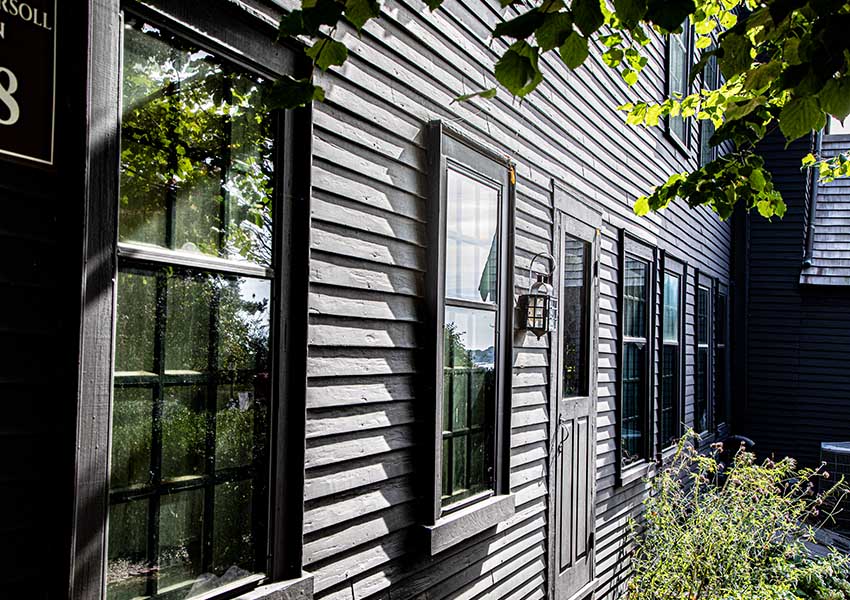





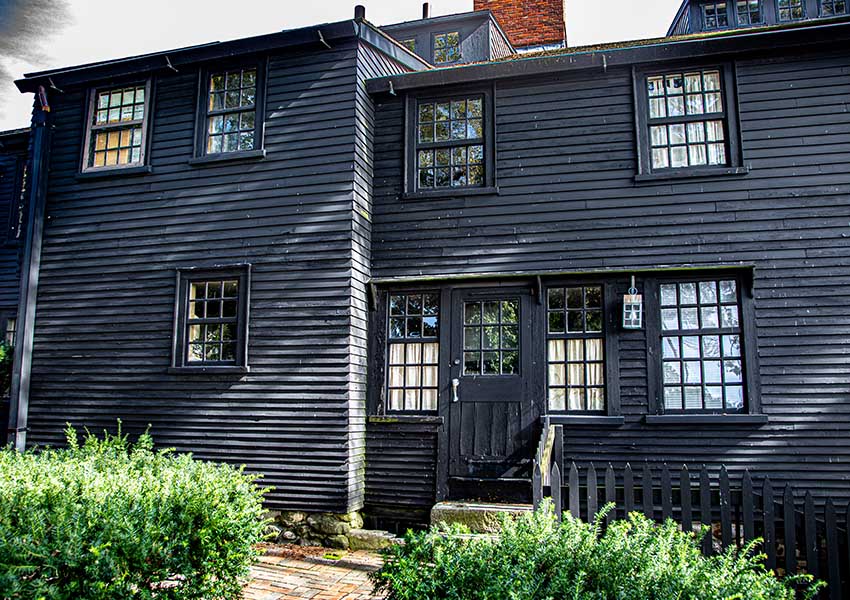


SOURCES INCLUDE
-
- Haunted Massachusetts
By Thomas D’Agostino
Schiffer Books – 2007 - Salem page on HauntedPlacestoGo
- “Ghost of the Seven Gables” page on About.com
- “A remarkable photograph captures the Hawthorne ghost” – About.com
- House of the Seven Gables Museum Web Site
- Haunted Massachusetts
Our Haunted Paranormal Stories are Written by Julie Carr
Our Photos are copyrighted by Tom Carr
Visit the memorable… Milwaukee Haunted Hotel
Your Road Trip to Milwaukee’s Hot Spots
